
BALSAMUM PERUVIANUM
Balsamum peruvianum is known for its efficacy in bronchial catarrh, chronic bronchitis, and other respiratory conditions with copious, purulent expectoration.
BALSAMUM PERUVIANUM Read Post »

Balsamum peruvianum is known for its efficacy in bronchial catarrh, chronic bronchitis, and other respiratory conditions with copious, purulent expectoration.
BALSAMUM PERUVIANUM Read Post »
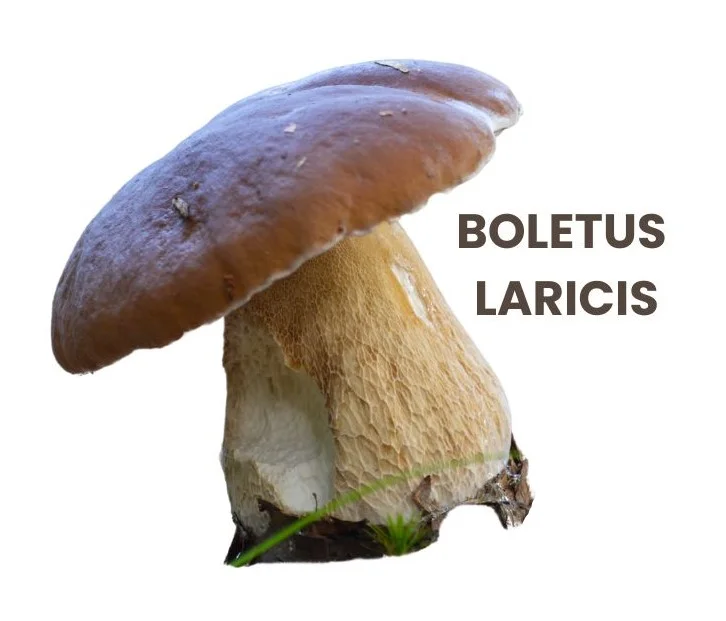
Boletus laricis, or White Agaric, is a homeopathic remedy primarily indicated for quotidian intermittent fever, especially when accompanied by profuse perspiration at night.
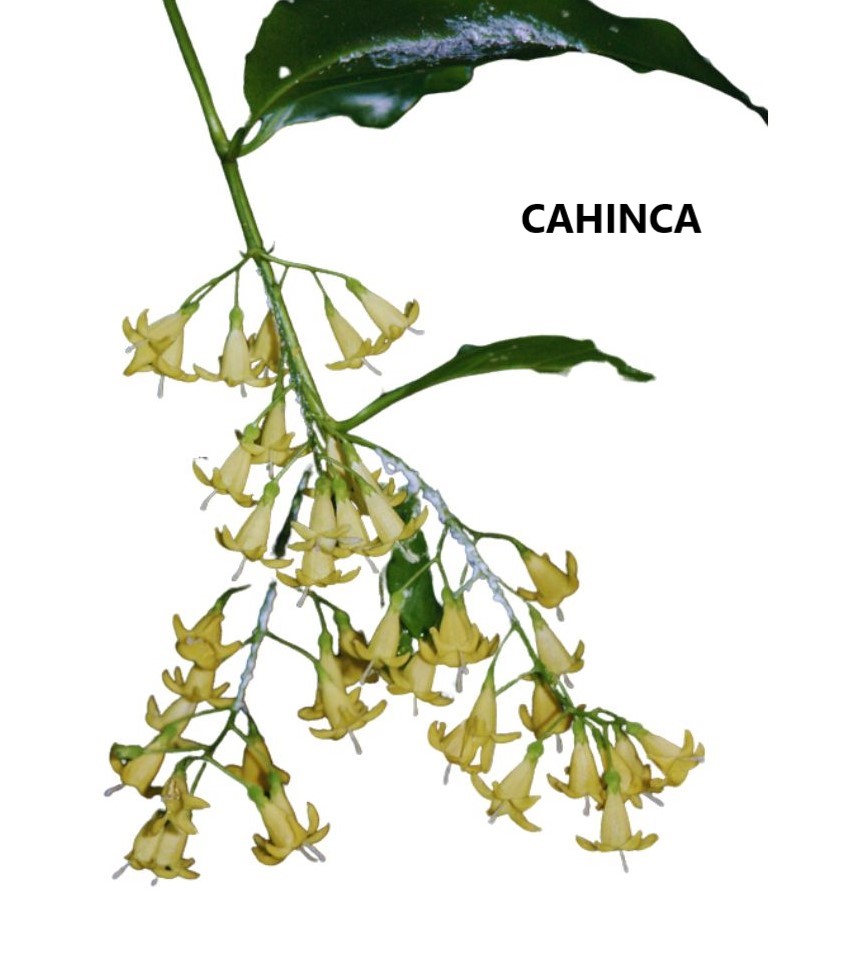
Cahinca, also known as Chiococca, is a Brazilian plant with medicinal properties used in homeopathy. It is primarily indicated for dropsical affections and urinary symptoms, with a focus on albuminuria and dyspnoea.
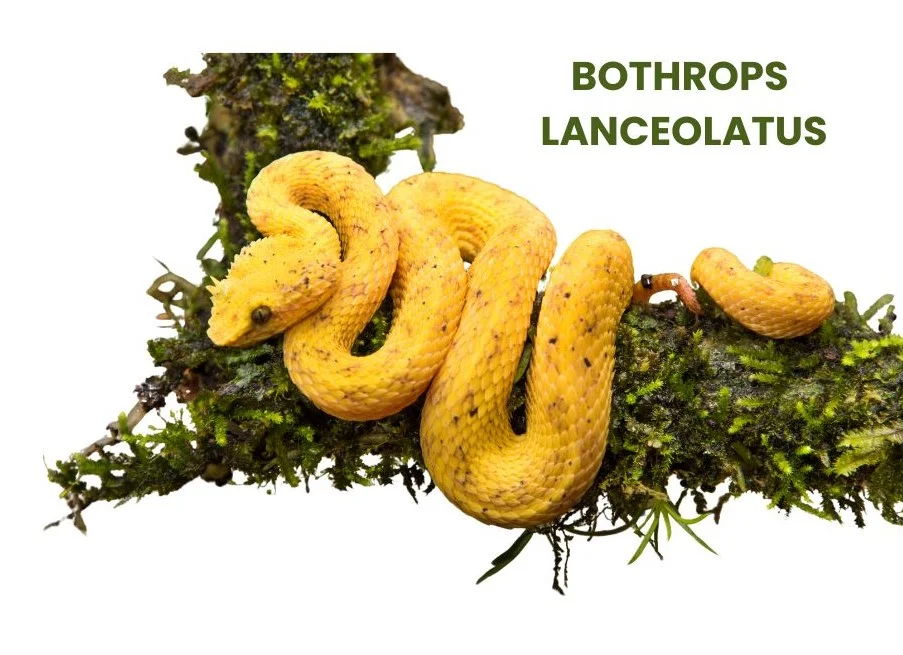
Bothrops lanceolatus is a homeopathic remedy derived from the venom of the Yellow Viper. It is primarily indicated for conditions characterized by thrombotic phenomena, hemorrhages, and septic states.
BOTHROPS LANCEOLATUS Read Post »
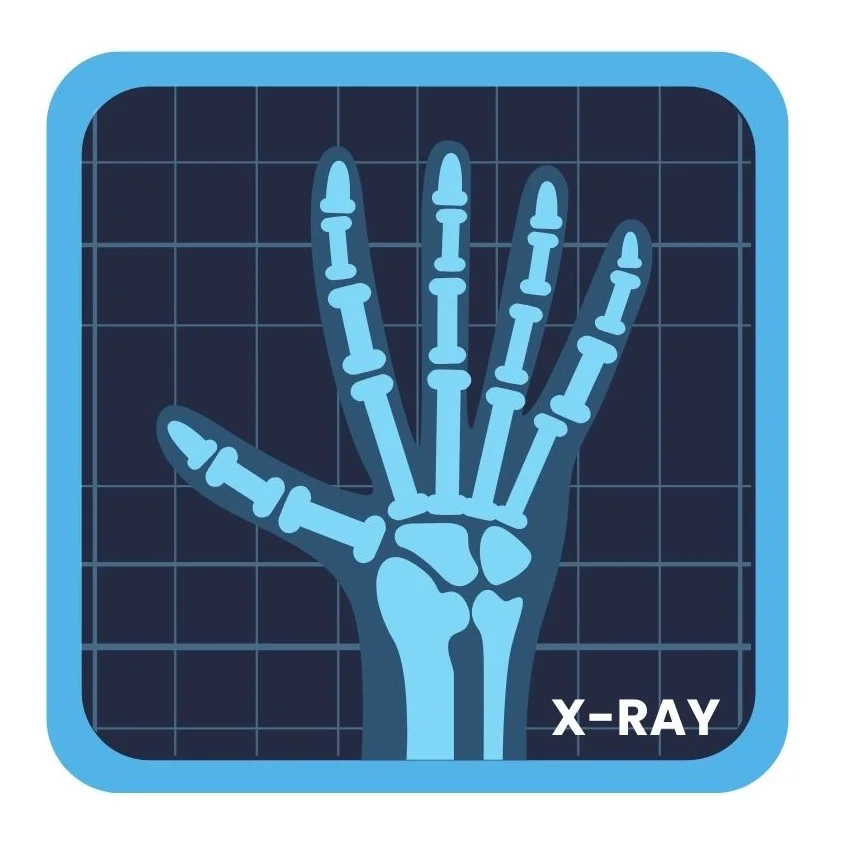
X-Ray is a homeopathic remedy derived from a vial containing alcohol exposed to X-ray radiation. Discovered by Dr. Bernhardt Fincke in 1897, it is one of the most neglected drugs in homeopathy.
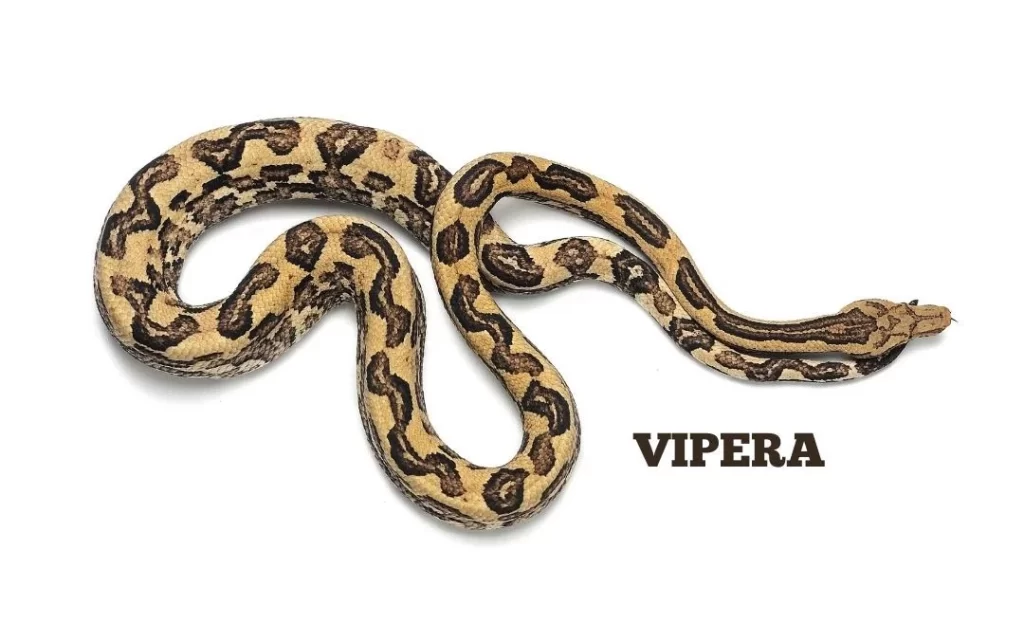
Vipera, also known as the German Viper, is a potent homeopathic remedy derived from the venom of the viper snake.
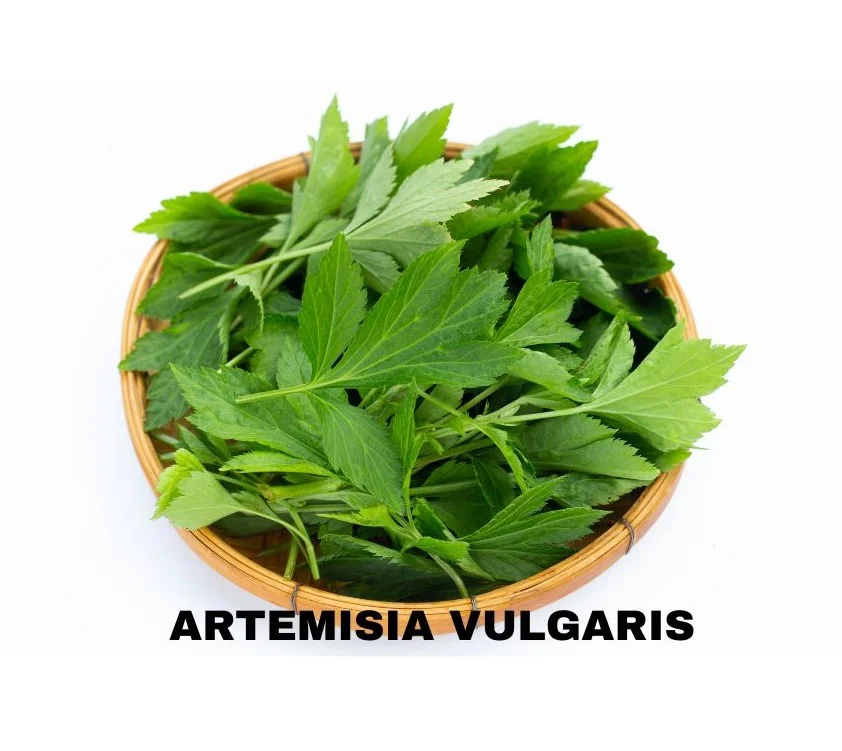
Artemisia Vulgaris, commonly known as Mugwort, has garnered a reputation as a remedy for epileptic conditions and convulsive diseases, particularly in children and girls at puberty.
ARTEMISIA VULGARIS Read Post »
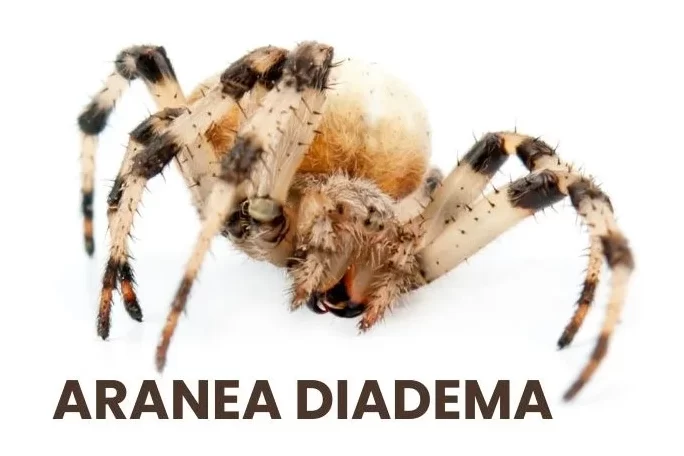
Aranea Diadema, derived from the Papal-Cross Spider, is a remedy known for its influence on the nervous system. Characterized by periodicity, coldness, and a heightened susceptibility to dampness, it is particularly indicated for individuals with a constitution prone to malarial poisoning.
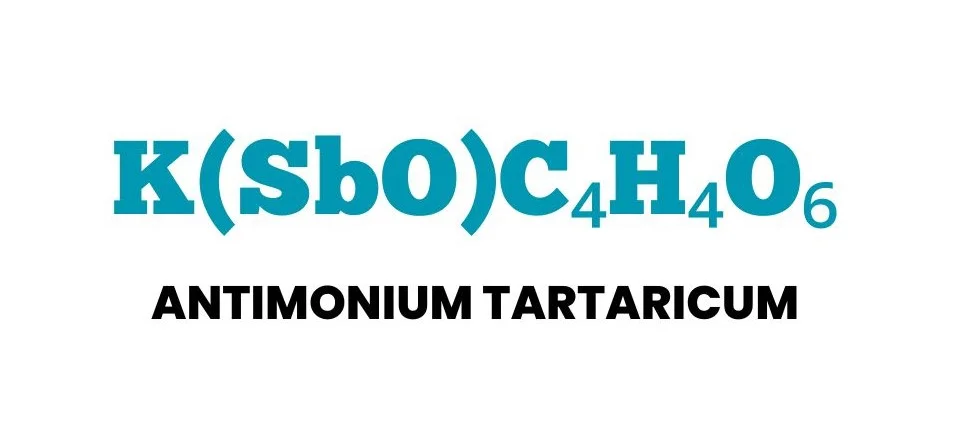
Antimonium Tartaricum, commonly known as Tartar Emetic, derives its name from the emetic (vomiting-inducing) properties of tartarized antimony.
ANTIMONIUM TARTARICUM Read Post »
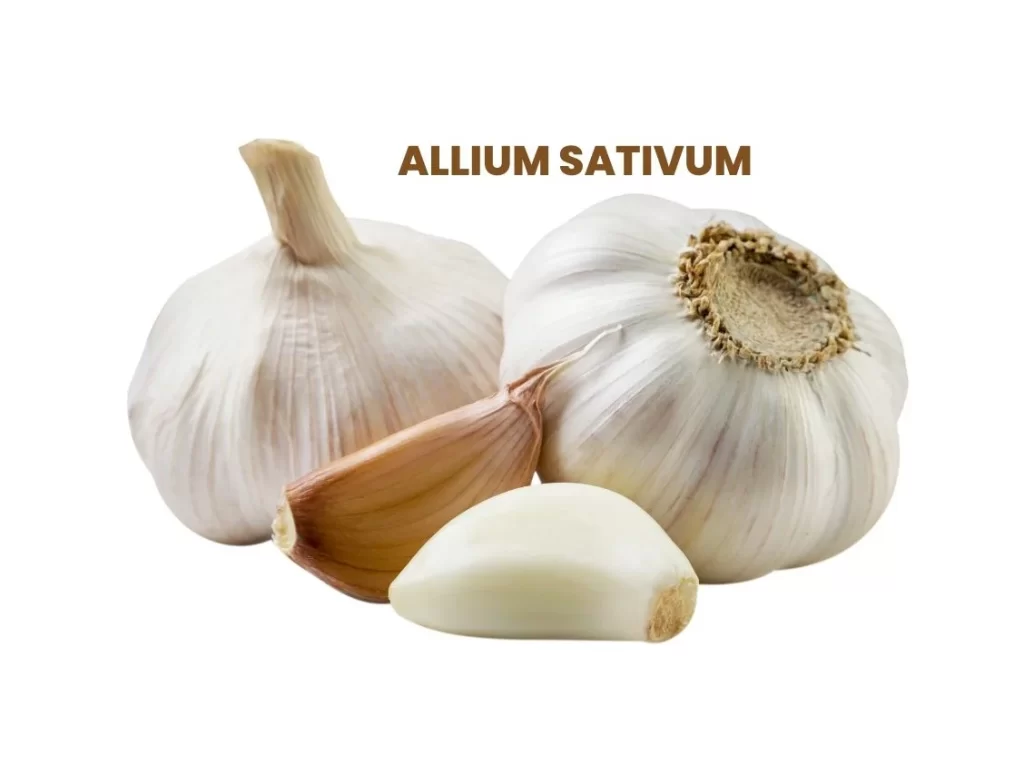
Allium Sativum demonstrates its adaptability by addressing a range of symptoms, from gastrointestinal and cardiovascular issues to musculoskeletal and respiratory conditions.
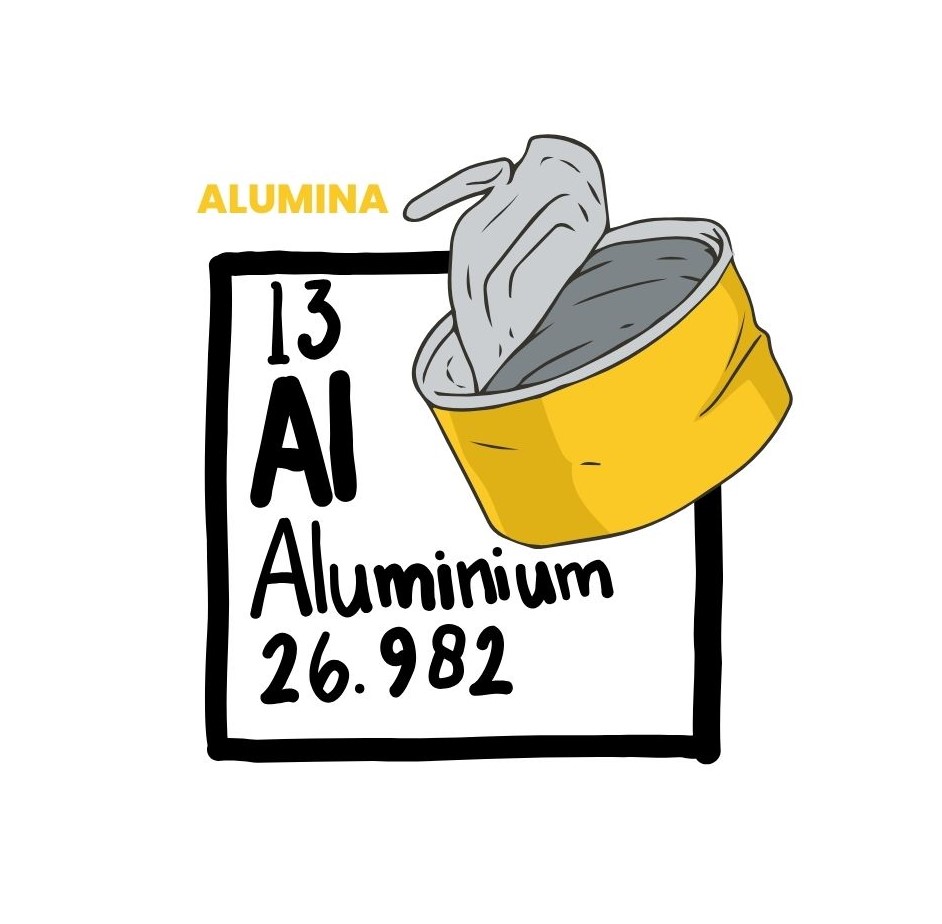
Potentised Aluminium serves as the remedy for alleviating symptoms associated with this poisoning. Hering noted that the potentised form, such as in the 200 potencies, appears to counteract the effects of the crude poison.

Anthracinum was incorporated into homeopathic practice by “Lux” well ahead of Pasteur’s experiments.
It exhibits a particular affinity for connective tissues, addressing conditions involving purulent foci and providing relief in severe inflammatory states.
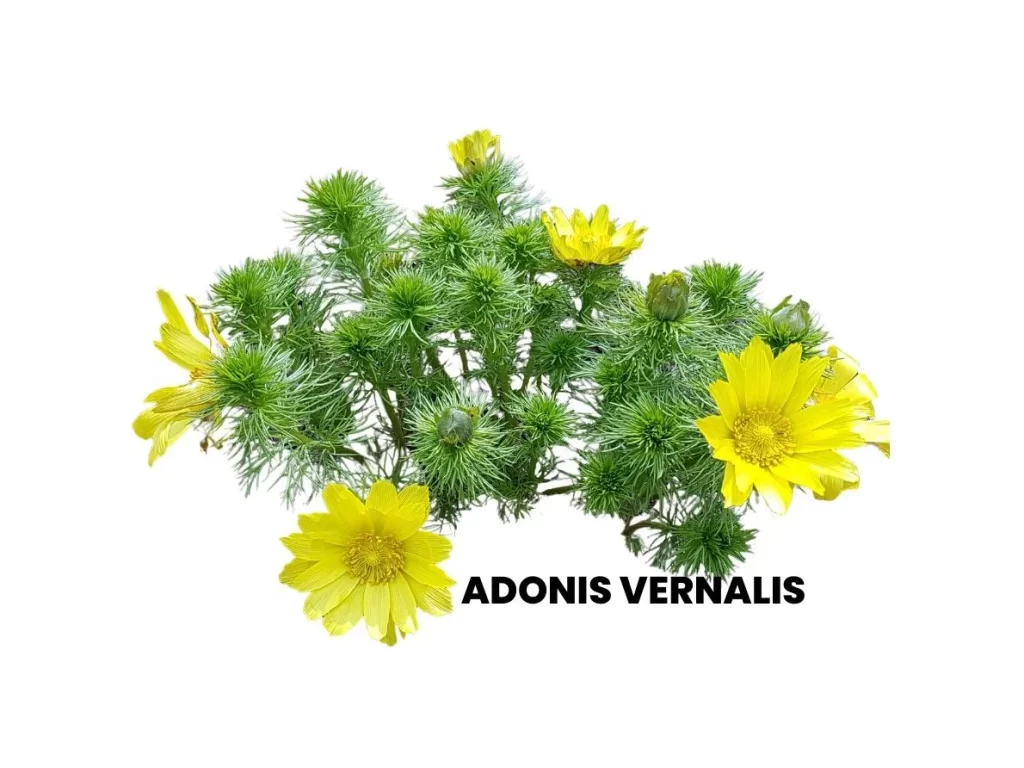
Adonis Vernalis is used as a heart medicine dates to periods after rheumatism, influenza, or Bright’s disease, particularly when the heart muscles enter a stage of fatty degeneration.
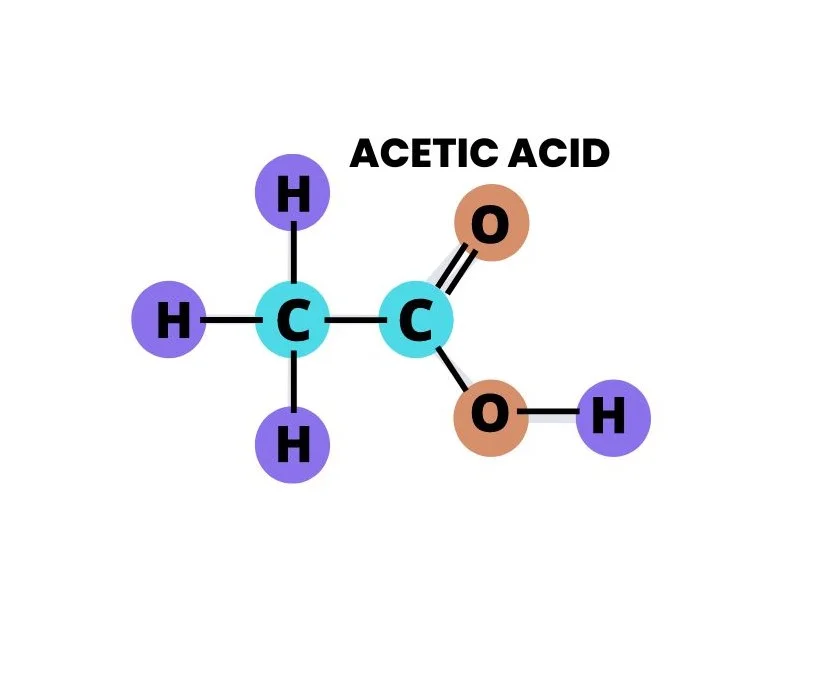
Acetic Acid, commonly known as Glacial Acetic Acid in homeopathy, stands as a prominent remedy derived from the mineral kingdom.
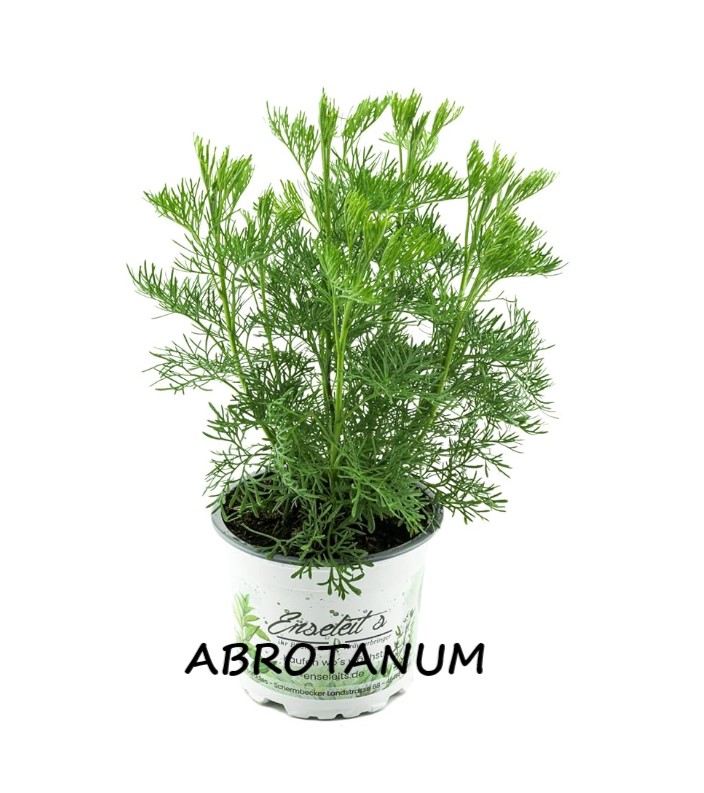
Abrotanum is a valuable medicine obtained from plants in the vegetable kingdom. Its mother tincture is made from fresh leaves of the plant, which primarily grows in Southern Europe.